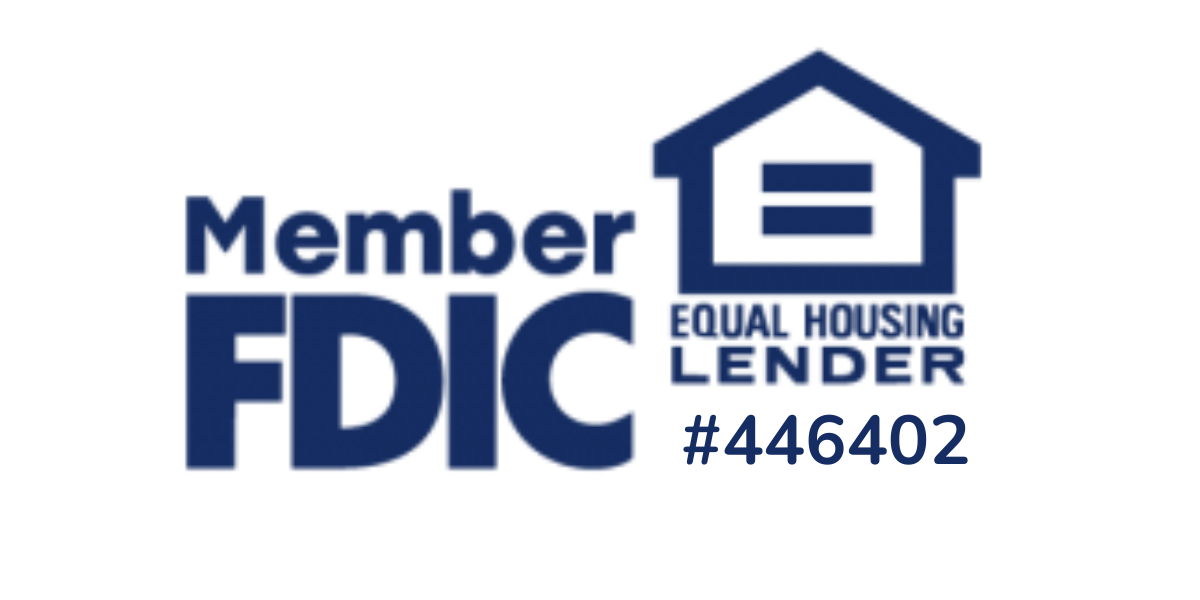Start saving.
Regular Savings Features
Features include:
- Digital Banking access with free E-Statements and notices
- No monthly service fee with $200 minimum daily balance ($3 monthly service fee if minimum balance is not met daily)
- Three free withdrawals per month ($2 per transaction for additional withdrawals)
- Monthly service fees and excess withdrawal fees are waived until you reach the age of 21, or if the primary account holder is age 65 or older.
- Interest paid quarterly
What kind of savings tool does your life need?
Looking to set aside money for a rainy day, new vehicle, vacation, or dream home? We have the options to help you start saving today and watch your money grow.
MONEY MARKET
A saving account offering a tiered interest rate paid monthly and you always have access to your money.
HEALTH SAVINGS ACCOUNT
Funds in an HSA must be used to pay for qualified medical expenses not covered by High Deductible Health Plans.
CERTIFICATE OF DEPOSIT
CDs offer a higher rate of return in exchange for your commitment to keep the money deposited until a specified maturity date.
IRA
IRAs are a great way to save for retirement. Choose from Traditional, Roth, Nondeductible, and SEP IRA options.
Regular Savings
Keep cash separate from other funds and earn interest.
